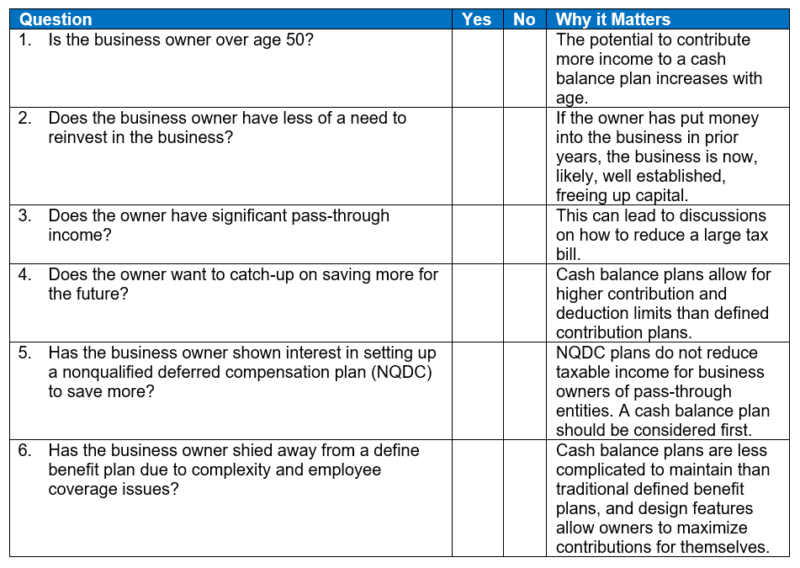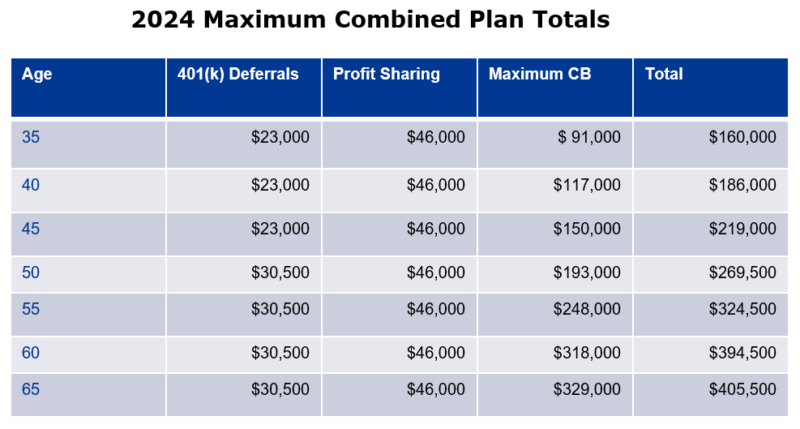 Print Friendly Version
Print Friendly Version
Regular Beneficiary Audits are a Must
“I was reviewing one of my client’s beneficiary forms and discovered he had his ex-wife listed on several accounts. How often do you recommend reviewing beneficiary forms?”
ERISA consultants at the Retirement Learning Center (RLC) Resource Desk regularly receive calls from financial advisors on a broad array of technical topics related to IRAs, qualified retirement plans and other types of retirement savings and income plans, including nonqualified plans, stock options, and Social Security and Medicare. We bring Case of the Week to you to highlight the most relevant topics affecting your business.
A recent call with a financial advisor in New Jersey is representative of a common inquiry related to beneficiaries. The advisor asked:
“I was reviewing one of my client’s beneficiary forms and discovered he had his ex-wife listed on several accounts. How often do you recommend reviewing beneficiary forms?”
Highlights of Recommendations
It is a good idea to review beneficiary forms and listings at least annually and, potentially, more frequently based on life events. We all know, life’s circumstances change (e.g., marriage, death, divorce, births, adoptions, remarriage, job change, etc.). As a result, beneficiary designations may quickly become outdated and/or may be incomplete (e.g., missing a signature, date, address, etc.).
Many investors mistakenly believe an up-to-date will is sufficient to meet their legacy and estate planning needs across all their investments. That may not be the case. Generally, beneficiary designations for annuity or life insurance contracts, retirement plans, IRAs or brokerage accounts will override a person’s written will. And individuals may also elect to pass on brokerage assets by selecting the “Transfer on Death” registration on their account forms.
Federal and state laws can come into play regarding who can be named as a beneficiary on retirement plan assets as well. Therefore, it is important to understand what rules apply for which accounts.
For these reasons, as well as others, it is critical for you to regularly conduct beneficiary audits with your clients on all their financial accounts, including, but not limited to, retirement plans, IRAs, annuity and life insurance policies, brokerage accounts, 529 plans, and HSAs to ensure the beneficiaries they have chosen accurately reflect their current circumstances and legacy wishes. Properly executed beneficiary designations can help avoid probate of these assets, so funds and property can be transferred immediately. Regular beneficiary audits help to ensure the account owner has properly documented his or her legacy wishes; identified and resolved any taxation questions; and considered account consolidation opportunities.
What’s more, by aligning certain types of accounts with the needs and tax situations of specific beneficiaries, your clients may be able to increase the value of their legacy and lessen the tax burden on the recipients.
Conclusion
A beneficiary audit is recommended any time a client experiences a life change, but sometimes those life changes are overlooked. Committing to at least annually reviewing beneficiary forms with your clients is a step to ensuring they will remain up-to-date.






